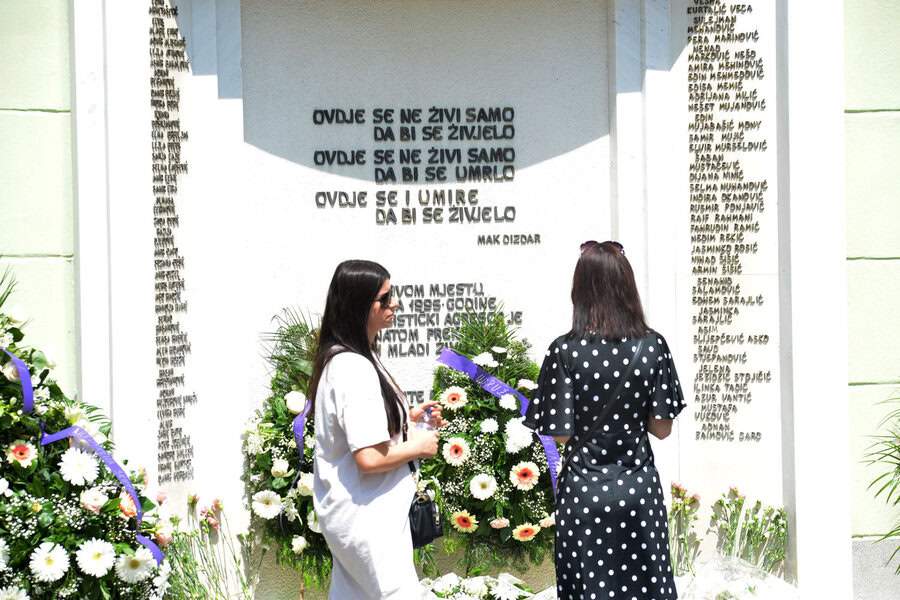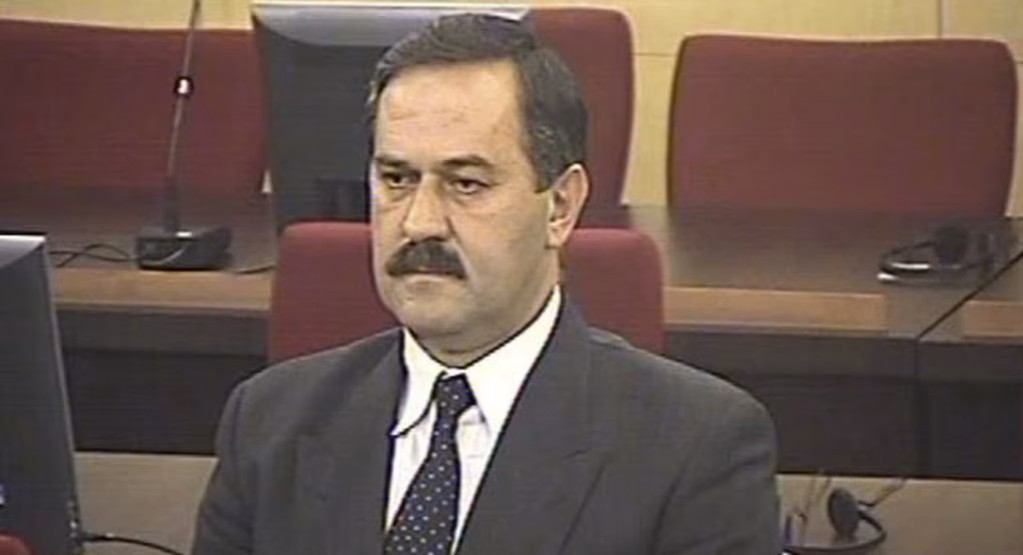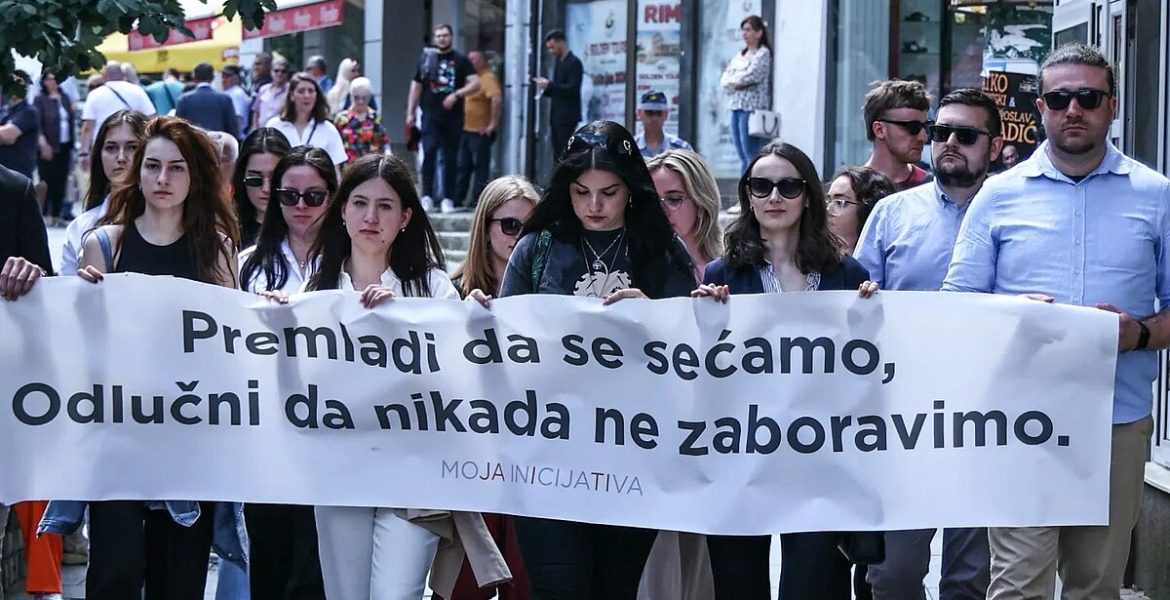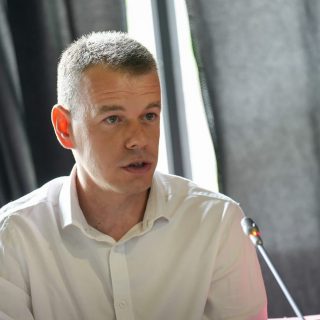Day of Youth, one of the more important holidays in the former Yugoslavia was forgotten and marked by a different narrative on May 25, 1995. The massacre at Tuzlanska Kapija is an event that changed the collective memory of this day. The Relay of Youth, a relay race held in the honour of Tito slowly became a distant memory, and brotherhood and unity probably received the last nail in the coffin made by nationalists in our former country.

On that evening, the promenade in Tuzla was full of young people and nobody expected that the rest of the evening would be fatal. Unfortunately, this evening soon turned bloody. A shell fired from the positions of the Army of Republika Srpska on Mount Ozren detonated in the centre of Tuzla. The explosion killed 71 young persons and wounded more than 150 of them in a location known as Kapija. The massacre at Kapija is considered to be one of the most lethal individual attacks against civilians during the war in our country, and pictures of wounded and killed persons once more went around the globe. Tuzla was mourning. The question that remained was what kind of person was capable of doing something like that.
Novak Đukić, a former general of the Army of Republika Srpska and the commander of the tactical group ”Ozren” that had its artillery positions above Tuzla was convicted of the massacre at Tuzlanska Kapija. The case ”Đukić” is one of those cases that sours the relationship between Serbia and Bosnia and Herzegovina, pushing the reconciliation efforts in the background.

Naime, Đukić was arrested in Banja Luka on November 7, 2007 by order of the Prosecutor’s Office of Bosnia and Herzegovina for ordering this attack against Tuzla. The trial lasted for several years, and on June 12, 2009, the Court of Bosnia and Herzegovina convicted Đukić of war crimes against civilians and sentenced to a 25-year prison term. This ruling was appealed in the year following it, and, in the meantime, Đukić was free. He used this opportunity to flee to Serbia and avoid the execution of the sentence. Four years later, the Constitutional Court of Bosnia and Herzegovina adopted a decision on retrial in case of Đukić due to the wrong application of the Criminal Code, which could impact the sentence. Đukić again failed to appear. It is ridiculous that Đukić is at trial in Serbia, but for some reason, the hearings are continuously postponed, and a new ridiculous hearing is scheduled to take place in two years.
Tuzlanska Kapija is not the only war crime for which nobody answered, but it is certainly one of more prominent ones. In spite of the international arrest warrant that was issued in case of Đukić, Serbia stubbornly refuses to extradite him to the Court of Bosnia and Herzegovina. Đukić was not only not extradited and brought to justice, but he is also a frequent guest in different TV shows that do not merit to be called journalism. It should be clear to everyone for which reasons.
As it happens, impunity for committed crimes is not enough in his case. Đukić feels the need to deny the crime he committed all over again in order to ”clear” his name, since he was ”wrongfully” convicted. Đukić claims that his name should also be on Tuzlanska Kapija, since he himself is a victim of a fake trial. As we could observe, the so-called independent investigation of the massacre at Tuzlanska Kapija was preceded by different ”experts” that claimed with absolute certainty that the Old Bridge was not destroyed by the Croatian Defense Council, HVO. Just as in case of the flat Earth theory, many believed this nonsense, until a recording showing the destruction of the Old Bridge was published several years ago. It is not difficult to be an expert and find similarities and a link between the story about the Old Bridge and Tuzlanska Kapija or the way in which attempts are made to attribute these two events to another ”party” or individual.

However, the silver lining in this whole drama is Tuzla, which is called the most inclusive city for a reason, in spite of everything listed above. Thanks to its character, this city also managed to fight against fascism during World War II. One of the best examples of this was an imam, Muhamed Šefket Kurt, who stopped the attempt to set fire to the Cathedral of the Dormition of the Mother of God and thus saved the believers from a certain death. Even after the massacre at the city centre, Tuzla has remained a role model for all cities of the former Yugoslavia when it comes to putting co-existence into practice.
Young people who commemorate the anniversary of the massacre at Tuzlanska Kapija almost every year are a silver lining on the horizon. These are youth from Bosnia and Herzegovina and the region, who are not only remembering, but also demonstrating a clear attitude against oblivion and denial of this crime. The presence of youth in a spot where youth were killed is only one of the indicators that the culture of remembrance will not simply give way to revisionism. We can be proud to have them!
This text was co-authored in cooperation with Tačno.net.




